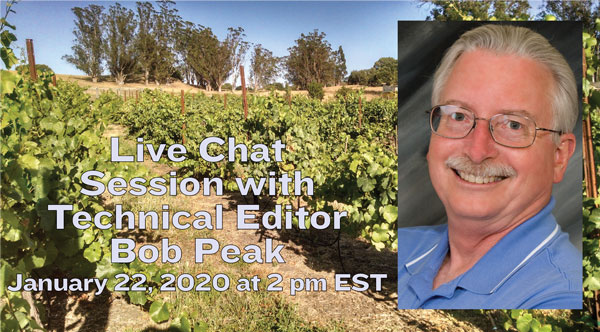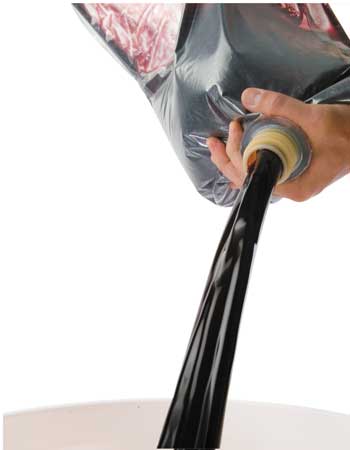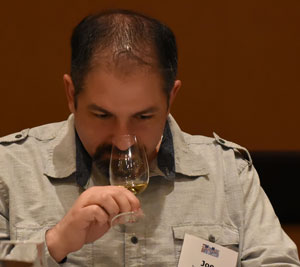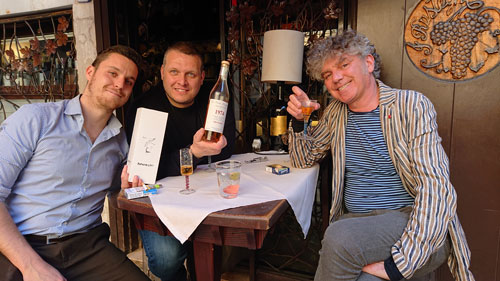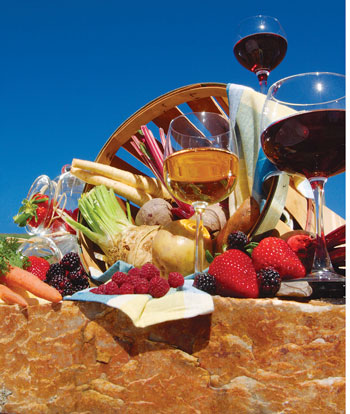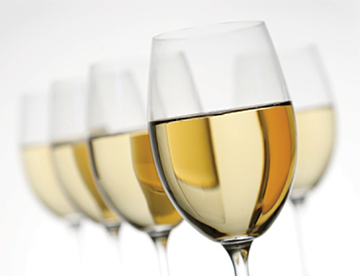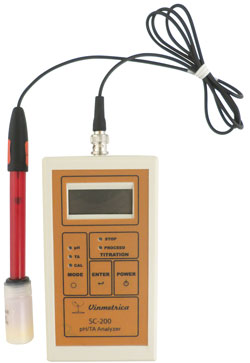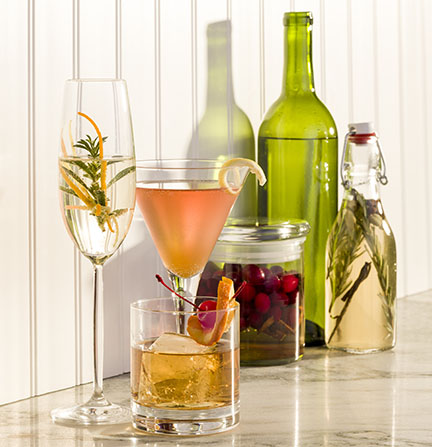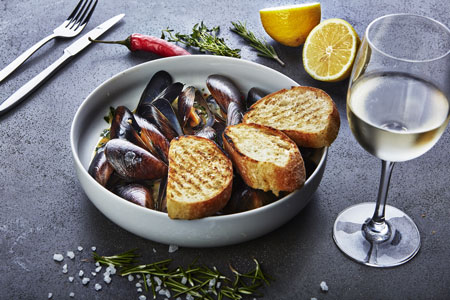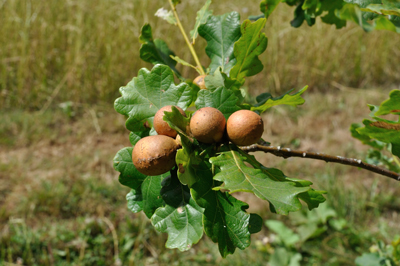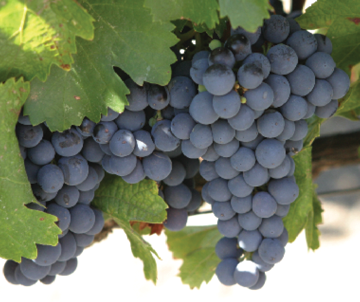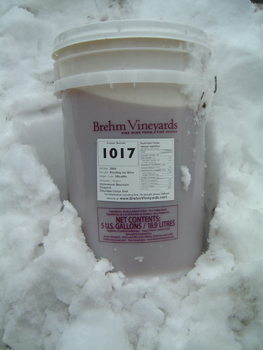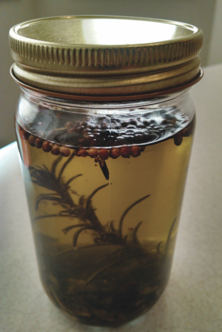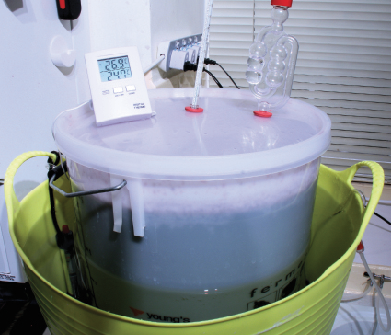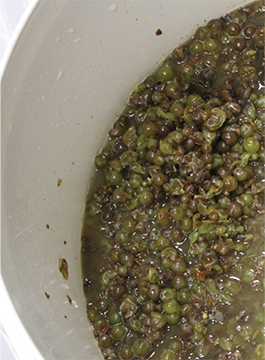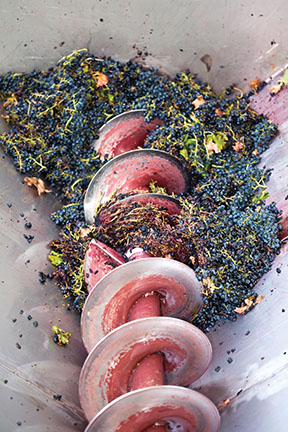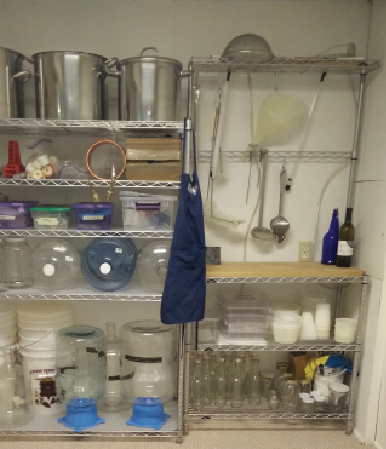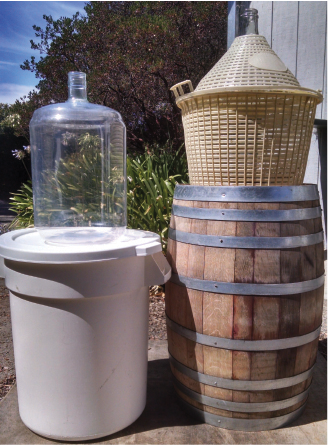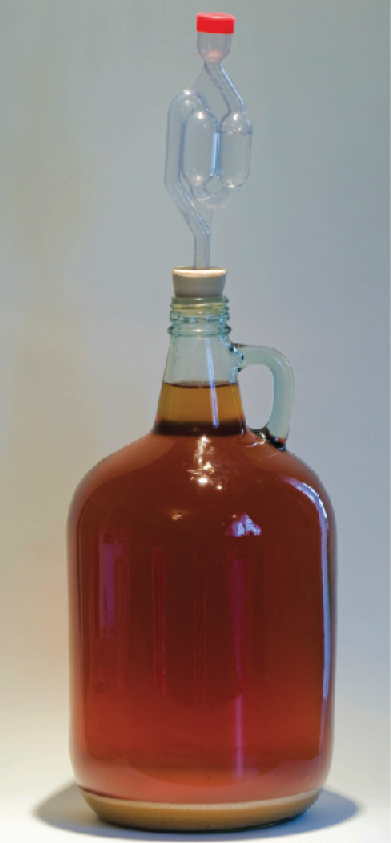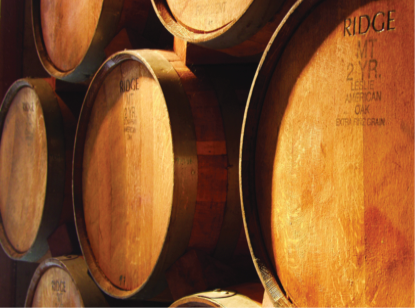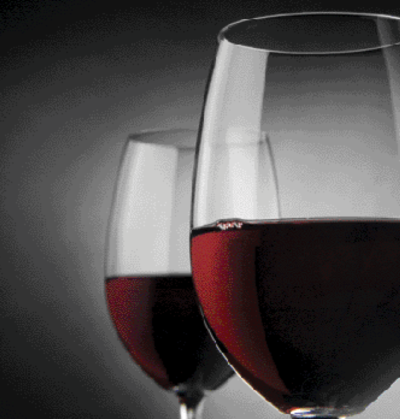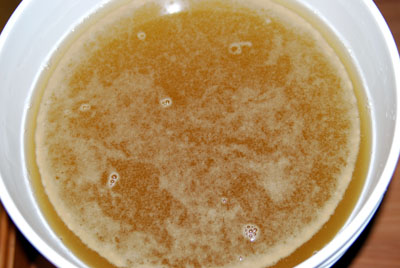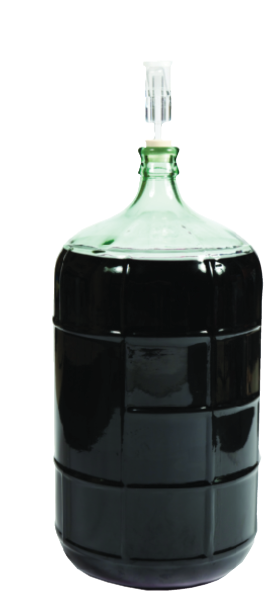Writer: Bob Peak
Live Chat with Bob Peak
Live Chat with Bob Peak, which took place on January 22, 2020.
Upping Your Kit Game: Making the most of your wine kit
Right out of the gate, winemakers are instructed to “follow the directions” when it comes to kit wines. But once you get comfortable with the process there are plenty of options to tweak. Bob Peak details some of those adjustment opportunities.
Classes, Clubs, and Consultants: Getting expert help at home
Feedback is one of the quintessential parts of growing and learning in this hobby. There are many avenues a hobby grape grower and winemaker can take for evaluation and advice, so make sure that you’re looking in the right spots.
Ciao Vino! Home winemaking in Italy
Home winemaking in Italy traces its roots back to the pre-Roman Empire. While North American home winemaking roughly parallels how the Italians do it, Bob Peak got the chance to explore the winemaking techniques found in the Old Country.
Visualize Sensory Evaluation: Utilizing spider charts to compare wines
Winemakers new and experienced will often compare different wines and make mental notes about the experience. For those that want to improve upon their wines, spider charts offer an easy-to-visualize evaluation of several sensory variables.
Off The Beaten Path: Spice, herb, and vegetable winemaking
These wines are not common in the commercial marketplace where dry grape wines dominate. There are some fruit wines, of course, and a few novelty wines made with coffee or chocolate. You
Finishing For Whites and Rosés
The time period leading up to bottling day is the time winemakers need to take advantage of last minute adjustments and additions. Bob Peak takes readers on a spin through some techniques that winemakers can use before bottling white and rosé wines.
Chat With Bob Peak
Live Chat with Bob Peak, which took place on January 16, 2019.
Monitoring Your Wine: What to test for and when
There are some winemakers who practice the age-old philosophy that the wine will take care of itself . . . but for those who want to produce the best wines possible, monitoring is key. Bob Peak takes readers through the what, why, and when for testing your wines.
Aperitifs
When you make your own aperitif wines at home — such as sweet and dry vermouth — you can then make your own cocktails with them. Learn the basics of making these drinks, plus three cocktail recipes sure to appease even your guests who aren’t wine drinkers.
Thinking Outside the Bottle: Presenting Your Homemade Wine
With the holiday season approaching, presenting your homemade wine to friends and family should be a point of pride. Bob Peak offers readers several pointers to take a fun and festive approach to an evening pairing of your wine with guests.
Using Tannins: Purposes, sources, and use in winemaking
Tannins can provide a wine with a lot more than just astringency. They can also be useful in white and rosé wines as well if used properly. Bob Peak gives a tour of the benefits of various tannin products available to hobby winemakers.
Determining Ripeness
Determining when grapes are ready to harvest is one of the most important decisions of the entire vintage. Here’s what to look for.
Making Wine From Juice
You may be curious about a way of making wine intermediate between using fresh fruit and making kit wines. Increasingly popular, the hobby of making wine from grape juice comes in two
Unconventional Additives
There are lots of possibilities for adding extracts, flavorings, herbs, and spice when you are making wine at home. We explore a variety of options.
Controlling Fermentation Temperature
Many hobby winemakers believe that fermentation temperature control is beyond their reach — but this isn’t so! Discover how to keep temperatures in the proper range.
Adjust Your Must
There are many points throughout the winemaking process where a winemaker must make adjustments
in order to influence the final outcome. When the grapes come into the winery, the very first choices you will make as a winemaker will be done in the unfermented must.
Crushing Grapes
Supposedly there are many ways to skin a cat, but we’re not familiar with any of them. Luckily for winemakers, Bob Peak knows many ways to crush a grape, and is willing to explain.
Proper Equipment Storage
When done using your winemaking equipment, make sure it is properly cleaned and stored so it will be ready to use next harvest season.
Fermentation and Aging Containers
Fermentation and aging vessels winemakers have to decide between include oak, glass, plastic, and stainless steel. Each has its own pros and cons to be weighed.
Fermenter Options for any Size Home Winery
When setting out to make wine from grapes, one of the first major decisions is what you will use as a fermentation container. For most winemaking, you will need a primary fermenter
Tannin Chemistry in Wine
It all starts with phenol. The tannins in wine make up one of the subgroups in a larger chemical family known as polyphenols. Those, in turn, are made up of phenol-derived molecules
Red Wine Color Stability
Keep the color in your reds by learning about color stability and how to achieve it.
15 Facts About Wine Yeast
For more than 10 years I have been a home winemaker and for almost that long I have also brewed beer. Before that, I was general manager at a company that sells
Winemaking by the Numbers
There are lots of ways to help winemakers learn or refine their craft. Most of those involve lists of equipment and supplies, along with step-by-step or time-based instructions for what to do
